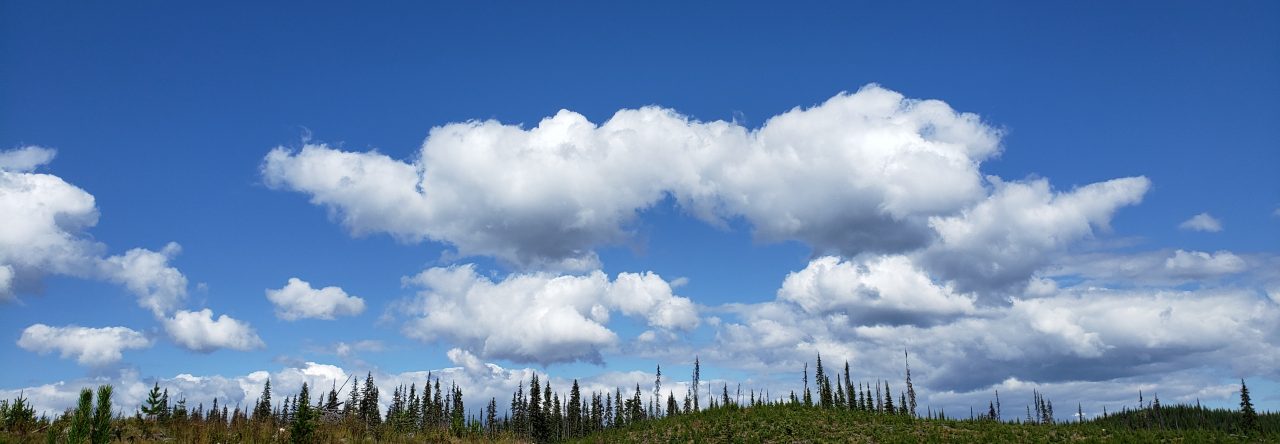Originally published as a column in the AM News on Friday June 27, 2014
I choose to call them blunders of our times, if you’d allow me. Here’s a sample:
Locally, the school dilemma. On Monday, the decision was made regarding Stuart Wood Elementary. It will be moved on McGill Street, starting with September 2016.
One of the main points made during the meeting was that this is done in the best interest of children. The school, being an old heritage building and such, requiring lots of costly upgrades, is not suitable for children: not safe enough, not big enough. Fair points, reiterated as a justifying monologue since a dialogue at that point was thought to create a bad precedent. Dialogues inviting to brainstorming create good precedents; democracy relies on dialogue and feedback.
The big issue of not having a community school just got bigger. Children cannot walk to school anymore, a good chunk of downtown liveliness just went out the window. I cannot help but wonder about students who might arrive at the bus stop too late because life tripped them that particular morning and about the increased pollution due to increased traffic on Columbia Street.
Air pollution has been declared a carcinogen by the World Health Organization last year. Allergies and asthma in children are at an all-time high, and particulate matter is already an ugly guest in Kamloops. Increased pollution in our city is not in the best interest of children. Clean air is.
But clean air is becoming a precious commodity, whether we like it or not. And it will only get worse if we put more cars on the road, drive more and idle more. Which we do, every day. An ‘idle-free city’ status reinforced by law is long overdue.
Locally and globally, the plastic dilemma. I see it as I walk around town, I see it when we go camping, and there are reports of oceans being covered in plastic while becoming depleted in fish.
At the same time, retail stores abound with plastic products, with even more coming whenever a holiday is approaching. We allow for the manufacturing of a plastic forest that prevents us to see the real trees…
Plastic is a great invention and incredibly useful, but not all and not in the amounts present nowadays. Much of it also affects human health, children most of all. Just to put things in perspective, approximately 280 million tonnes of plastic are produced yearly and recycling touches but a mere 15 percent.
At the same time, pipeline and mine decisions circle overhead like a bunch of hungry crows and it feels like the only thing worth doing is making a circle the way elephants do, putting our young in the middle so they’ll be protected no matter what. Are we? Are they?
Globally and locally, pesticide use. They are still around, those discreet ‘notice of pesticide use’ on lawns here and there. Desert or not, we want our lawns green and lush.
Pesticides are also used widely because that’s how you grow food for many, we’re told.
Well, food is plentiful in every grocery store, so plentiful in fact that it gets thrown out. Pesticides are known to affect human health, children in the first place (a fresh off-the-press study connected pesticide use with autism) and they are killing bees. Without bees there is no food. If we add climate change to the equation, also affecting crops, it doesn’t look pretty. Abundance has an expiration date when not backed up by sustainable agriculture.
One of my biggest dilemmas, though, is this: there are chemicals present in our world, some very toxic and many independent studies proved it.
Yet the people who are in the business of promoting their use, designing marketing schemes to dress them up and shrugging off any evidence of harm even when being thrown in front of them, I just wonder how do they live their days knowing that what they do affects people’s lives irreversibly. Self-justification is a powerful tool all people use, but it can only go so far. If a conscience is present that is.
Here’s truth that cannot be denied: the sun sets on the western horizon in everyone’s world, everyone’s crops are affected the same way when bees die, and all children eat and breathe chemicals if chemicals are present. It invites to sharing responsibility, a desirable state-of-being, able to throw off the best-designed PR justifying haze before it engulfs our brains.
As for that stubborn belief that I hold onto, it’s this: we can do better, I am sure we can.











